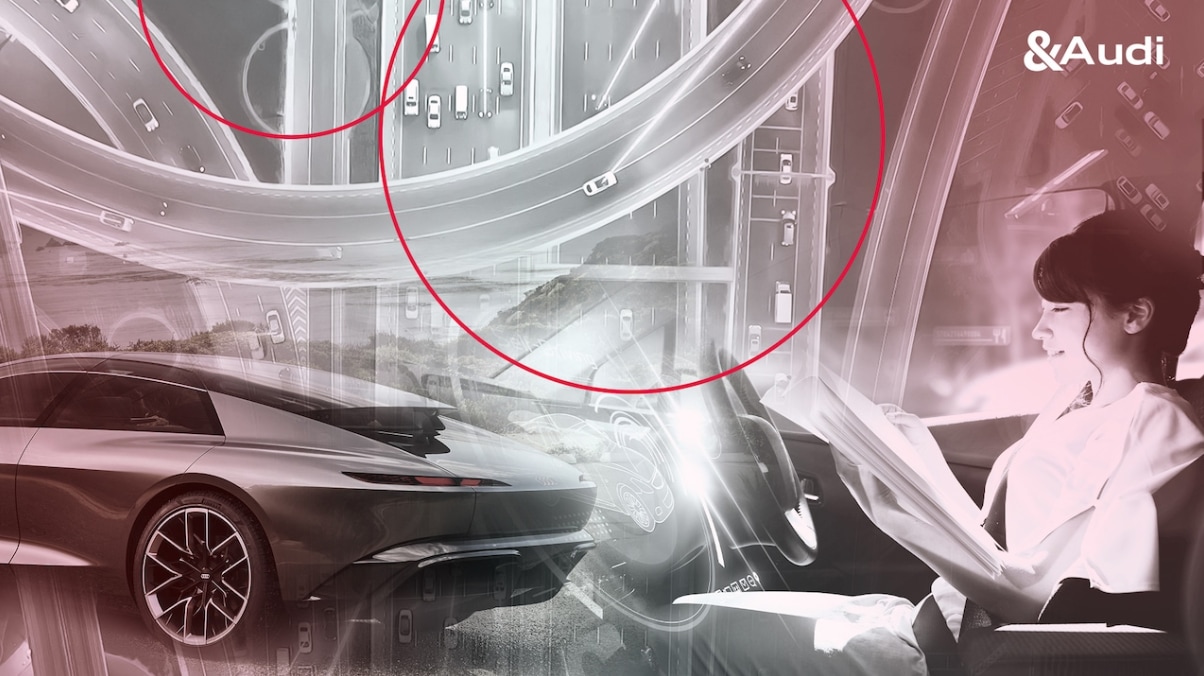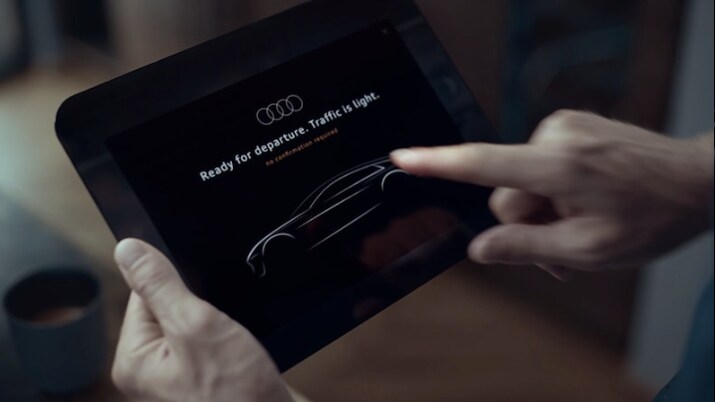“SocAIty” & Audi Discuss Autonomous Driving

Can autonomous vehicles drive more safely than humans? Will they mean fewer accidents and loss of lives? Will the anonymization of personal data be possible? Can a machine make the right choice in a hazardous situation? These are all questions arising when discussing autonomous driving.
The answer to 'can machines drive more safely than people?' is yes, under certain circumstances. In a familiar environment with clearly defined parameters, the technology is highly reliable. The computer is awake and never stops working, says Director of Smart Mobility at Fraunhofer FOKUS Ilja Radusch.
Audi relies on varied systems like radar, camera, and lidar. Driving situations can be accessed with great accuracy leading to automated warning, braking, and avoidance functions that adapt to each situation. Audi also uses V2X (vehicle to everything) technology, which is connected car-to-car driving as well as car-to-environment communication, that includes other road users, like pedestrians and cyclists.

Oliver Hoffman, Member of the Audi Board of Management for Technical Development says, "I am convinced that highly automated driving will make our streets safer."
The software choices will reflect its creators. It can only make the ethical decisions that the values of the people who designed hold.
Clear benefits include convenience, improved safety, time saved, increased comfort and those without access to mobility will have opportunity to be mobile once again.

That said, one challenge is "mixed traffic" - traffic that includes both self-driving and traditional vehicles. Vehicle safety would improve. However, new types of accidents could occur, such as human-driven vehicles exceeding the speed limit. Programming autonomous cars to factor in human risk factors remains a technical challenge.
Also, the anonymization and encryption of personal data are important requirements. This includes prevention of misusing names, addresses, and locations. Solutions include "data pools' where information remains anonymous and is interpreted in patterns. Another possible solution is encryption- where data is converted into a ciphertext, unreadable to unauthorized people.
In conclusion, self-driving vehicles are only justifiable if they promise a greater reduction in harm than with humans at the wheel. Accident prevention is the name of the game for further development of automated driving technologies. Protecting human life remains top priority.